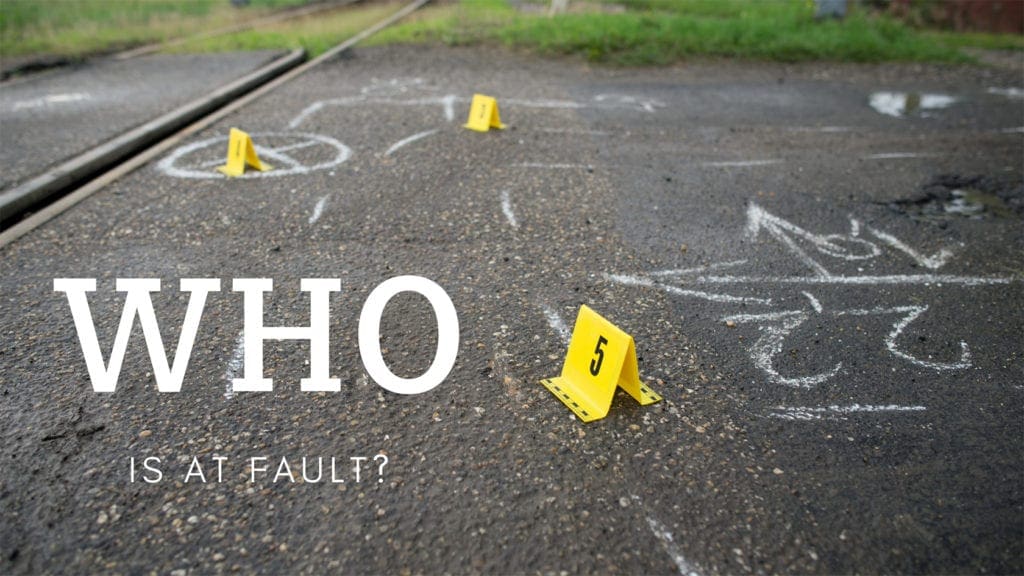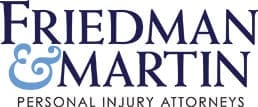
A personal injury attorney begins by:
● discovering the details of the case
● investigating the case
● determining all potential at-fault parties in order to make a final liability determination.
This should be based on legally sound liability information. Essentially, if a person involved in an accident was less careful than another, then the person who was less careful must often pay for (at least some of) the injuries and damages suffered by the more careful one.
At this point, the attorney looks to see if the potentially liable party has liability insurance that would place the burden of satisfying the damage award on the insurance company. Meanwhile, the insurance company will normally conduct their own investigation into the case to determine liability. When involved parties are unable to agree on liability, they may be forced to file a personal injury law suit. This places the decision on a civil court jury to make the final determination of who is at fault.
When looking at who is at fault, usually the first consideration is negligence.
Some common questions include:
● Who was potentially negligent that caused the injury?
● Was their inherent duty not carried out?
● Did the at-fault person breach a legal duty that caused the accident?
● As a result of negligence and breach, did the defendant cause harm to the injured party/plaintiff?
● Finally, what damages occurred? This is usually determined monetarily, such as medical bills, lost wages, permanent disability, etc.
Another example of determining fault is if there was intention to cause harm. For example, in an altercation, was someone injured as a result of someone else’s purposeful actions (such as a fist fight or a gunshot)? This is considered intentional conduct and is negligence.
Negligence per se is another form of determining fault. This is when someone is injured as a result of an unexcused (usually vehicle) violation. For example, if a bystander is injured as a result of a vehicle violation, negligence per se occurred; the driver can be considered at fault.
Lastly, there is strict liability offense. The only requirement in proving a strict liability offense is showing the plaintiff suffered a foreseeable injury while involved in a qualifying situation. We most often seen this in product liability cases, such as a blown tire due to a product defect.
In some cases, investigation proves that the person injured might have been partially to blame in the accident. Then, the injured person’s award might be reduced to compensate for his or her partial responsibility in contributing to the accident. In other cases, it may be found that an employee may have contributed directly to the injury of another employee; however, the employer might have been negligent in safety policies, on sight safety measures or keeping the property in good condition to work.
Many times, multiple parties can be found responsible for negligence related to the injured party. In most states, the law makes all the negligent people responsible for the entirety of the injured person’s injuries. This is helpful to the plaintiff, because he or her can decide who to collect the damages from.
When looking at fault, it all goes back to the facts and evidence of each case. Extensive research must be conducted, such as collecting evidence, working with law enforcement, even sometimes reenacting an accident. Navigating this process can be tedious, sometimes lengthy and requires an experienced team such as Friedman & Martin, personal injury attorneys.
If you have been injured and need help determining fault in order to file for damages, give us a call for a free consultation at 912-232-8500 or use our FREE Case Evaluation form.
